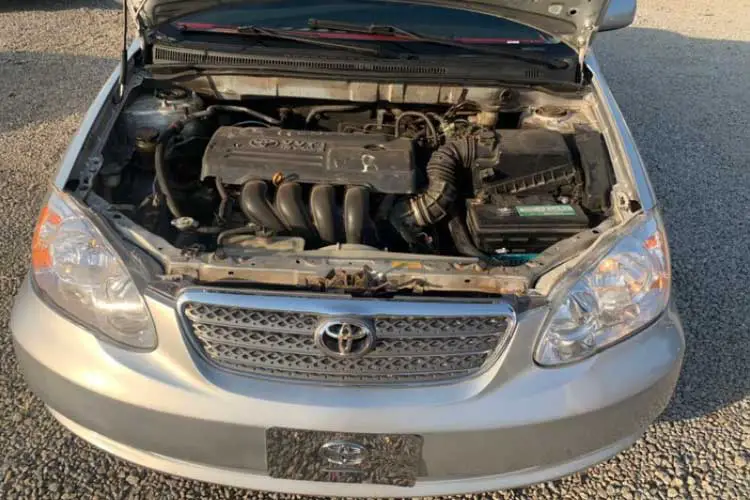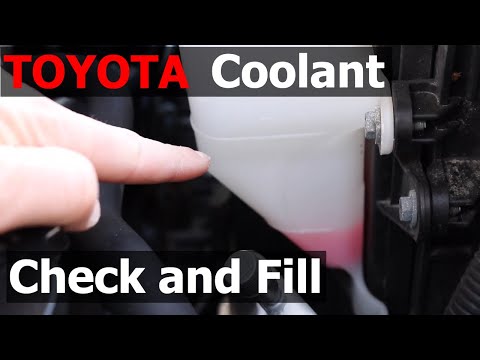While driving, all of a sudden your car shuts off and you found there is an ‘H’ signal in the engine temperature gauge. It is an additional problem that can ruin your day.
So what to do when your car overheats and shuts off like this? You should turn off the AC immediately if it is on. Then take your car into a safe place and turn on the hazard light. Then give it for about 30 minutes to the engine to cool down. If it becomes cool, check the oil level and coolant level. If low, add coolant or oil and check leakage.
That’s not the end. You will get a clear idea about the process in this article. Stay tuned and keep reading.
What To Do When Your Car Overheats And Shuts Off?
Overheating is a common issue but not a negligible one. It is a sign that there is some problem with the parts of the engine or coolant system. Cars can overheat mainly because of the coolant system. But your car can overheat though the coolant level is normal.
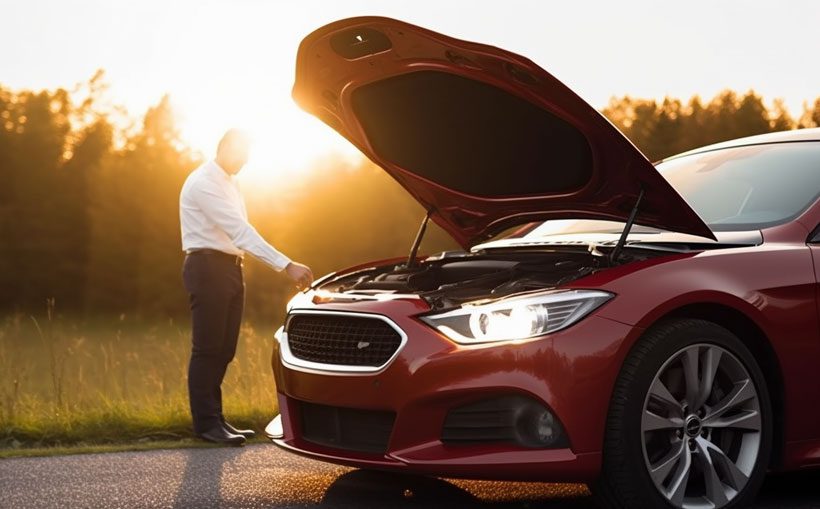
So, what to do when you face this kind of situation? Follow the steps below to take care of your car and be safe in the meantime.
Step 1: Turn Off the AC
You should immediately turn off the AC. The engine is connected to the air conditioner of the car. If the AC is on In overheating conditions, that will give additional stress to the engine. To reduce the temperature, it should be turned off. Otherwise, the engine will take more time to cool down.
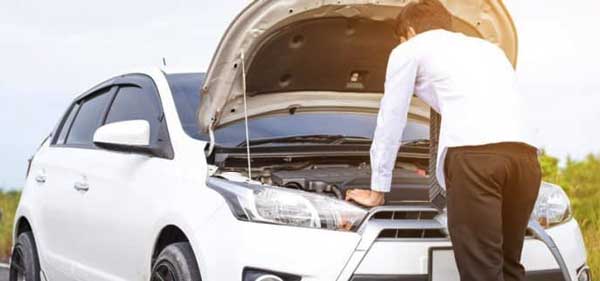
Step 2: Push the Car into a Secured Place
While facing this situation, you are most probably running your vehicle on the road. There could be an accident. So, as soon as possible, find a safe place. Push your car to a safe place where other cars’ movement will not affect it.
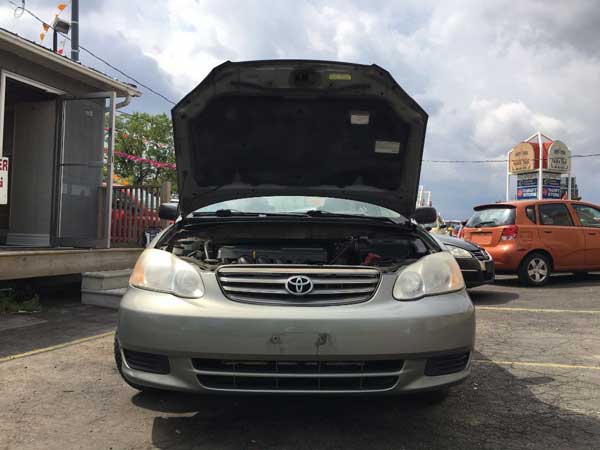
Step 3: Turn On the Hazard Light and Place A Warning Triangle
This step is important not only for your car but also for passing cars. The hazard light must be on. If you have the warning triangle, place it behind the car. It might give you help from people who are passing by.
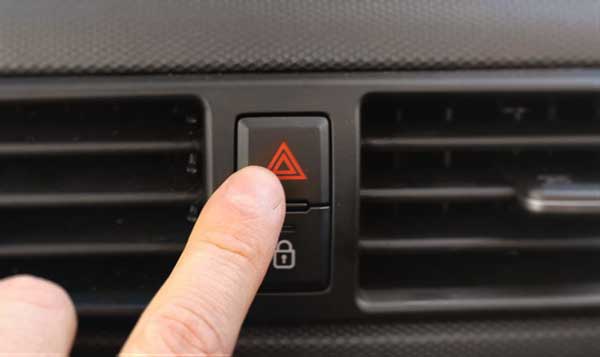
Step 4: Open the Hood
Take a little time and carefully open the hood. Immediately opening the hood can hurt you as it is an overheating case.
Step 5: Cool Down the Engine
Let the engine cool down for 15 to 20 minutes. Check the temperature with your hand after 20 minutes. If it is still hot, let it rest for a few more minutes.
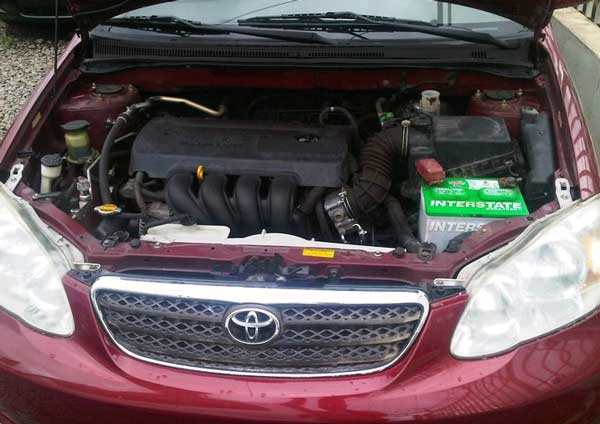
Step 6: Find Out the Problem
You need to find out the main problem now throughout this process.
- Check the thermostat to see if there is any damage or not. If you are not filling the reservoir with coolant, it is the main reason.
- Check Coolant Level. If the coolant is at a low level, this problem will arise. While the engine heats up, the coolant helps to decrease the temperature.
Due to insufficient coolant, the engine can not cool down easily. There is a stick to see the level. You can check by that or flush the light to see the level. If it is low, you should add coolant.
Example: ” Video”
- Check Oil level. Check if the oil level is good or not. If the oil level is low, then you are lucky that it shuts off. Low oil levels can catch fire to the engine.
Due to insufficient oil, the parts running the car face severe friction. That influences the engine to get hot. Checking the accurate oil level is not an easy task. Add oil to get rid of the problem.
- Check If There Is Any Admixture of Oil And Coolant. Overheating can occur if the oil and coolant get mixed. It happens when there is any internal leakage present. You can find out the oil mixed with milky foam. Or the dark oil in the coolant.
The mixture can increase internal temperature. While flowing the coolant, it carries combustion gasses with it. The gasses will not let the engine cool down. You should also know why oil and coolant mixing occurs and solve it.
If all of the levels are normal and no sign of mixing is found, there must be problems in other parts. In that case, you should take your car to the nearby garage or auto repair shop without any delay.
Step 7: Test Drive
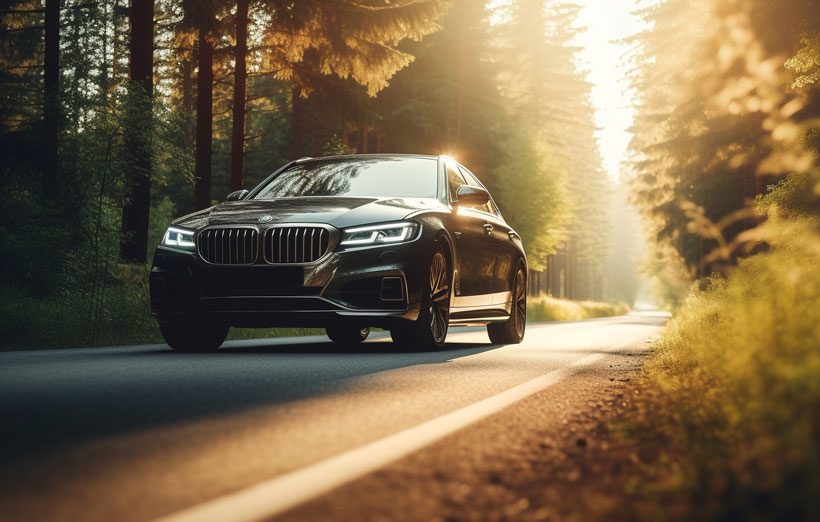
You should not immediately drive seriously, taking it as a little issue.
- If the possible problems are solved, start the engine
- Keep it for 5 minutes and check if the oil or coolant is leaking or not
- Look under your car. If leakage is present, you should repair it
- If not, slowly drive for a while
- Check the engine. If it is overheating, you should follow the next step
If everything is okay, you can drive to reach any short destination.
Step 8: Quickly Go for Car Servicing
Though you have solved the problem, you should check if the other parts are also doing well. There could be problems with the engine as well. Overheating and shutting off is not minor problem. So, you should take it for servicing and maintenance to an expert.
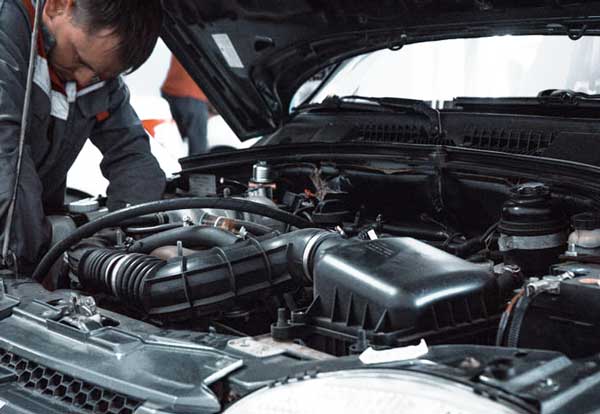
That’s how you can handle the situation. You should not stress the engine more before a proper serving. Besides, you should avoid driving for a long time and keep the AC off until the overheating issue is solved by an expert.
If your car has overheated and shut off, you may be interested in our articles on car overheating after changing a hose and car overheating at idle and cooling when revved. These articles provide valuable information and solutions to common car overheating issues, such as radiator problems, coolant leaks, thermostat issues, and water pump failures. Whether you’ve recently changed a hose and are experiencing overheating, or your car is overheating at idle and cooling when revved, our team at Car Problem Solved can help you diagnose and repair the problem.FAQs
Go through this commonly asked question by people.
It may not restart if your car overheats and turns off. The head gasket may be creating a leak or the cylinder may expand. And this creates a channel between the engine system and the cooling system. It will cause a lot of power loss to the engine. Your car may not start for this reason.
You may run up to ¼ miles before an engine is damaged from overheating. The duration can be expanded up to 20 miles. But after that, there will be severe damage to the engine and you have to face a situation to replace a new one.
You can see the temperature gauge to know if you damaged your engine by overheating it. There may be smoke or vapor coming out. Also, the car engine will produce noise if the engine gets damaged.
Conclusion
That’s all about today’s topic of what to do when your car overheats and shuts off. The possible cause for this situation is the cooling system. If the coolant pipe is blocked, there will be a hamper in coolant circulation. The block will not allow the coolant to let the engine cool down.
Accordingly, a low level of coolant, engine oil, or a mixture of them also causes the engine to heat and shut off. Other causes are failure of proper working of the coolant pump, cooling fan, and radiator. Regular servicing can remove all your problems away. Until now, stay safe and enjoy safe driving!
